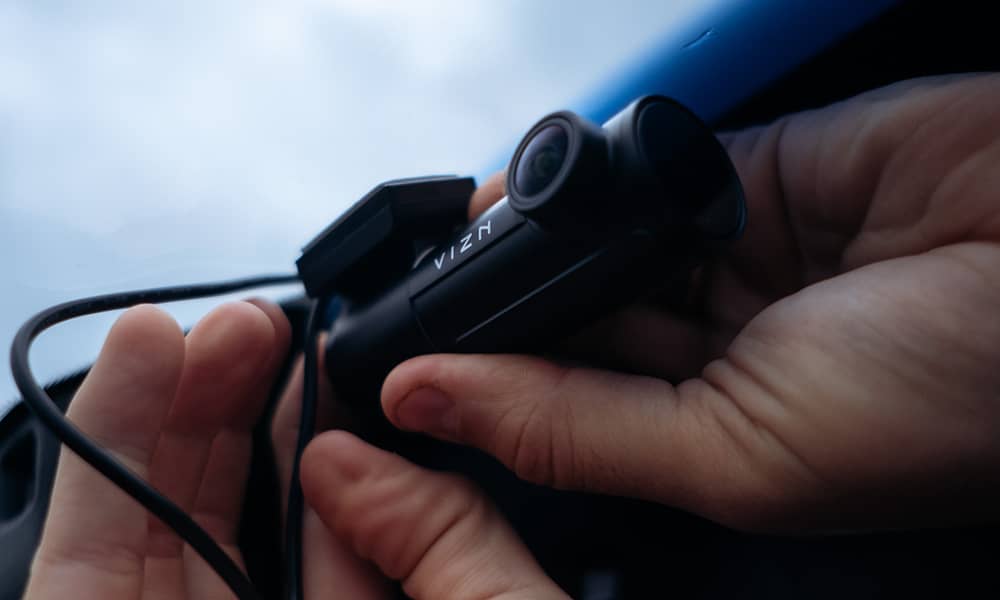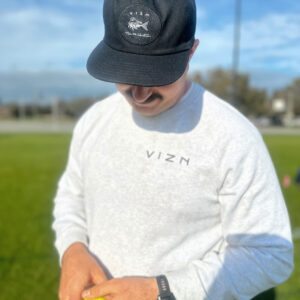November Thu, 2022

A dash cam is a compact digital video recorder that you attach to your car’s windscreen. A few key reasons why Australians buy a dash cam are for insurance purposes and as a theft deterrent. It’s also beneficial for acquiring footage of a potential incident or capturing destinations like a real video camera.
Whatever your reason, and whether you’re buying a dash cam for the first time or planning to upgrade, it’s essential to know exactly what to look for. What features are a must, and what are nice-to-haves? What about the price tag? Dash cams are valuable, but you don’t need to buy one that is way over your budget. This blog will help you be a well-informed customer for your next dash cam purchase.
Budget: How Much Should You Spend?
Let’s begin with a crucial factor: your budget. Knowing how much you can comfortably afford will help eliminate all the other products that do not make sense with your spending plan. Cameras can be as cheap as $50 but can go all the way up to $600 (or higher) depending on their features and brand. Before you shop, we recommend that you set a limit for spending whilst keeping that in mind as you shop around.
And even though it is nice to go for the budget cameras, cheap and cheerful is not the way to go, especially with a dash cam. Get a decent one with a good warranty. Avoid the no-name models that cost a few hundred bucks less but offer nothing of value. Remember that you often get what you pay for with technology, so don’t be afraid to shell out $200+ for a good quality dash cam, such as VZ1 from VIZN.
Camera Coverage: Front vs Front and Rear?
Many drivers use only the front or forward-facing camera, which is useful in recording incidents in front of the vehicle. But what about the back? Suppose you want more protection or coverage in case of a rear-end accident. In that case, you will surely benefit from a rear camera.
Most of the time, the rear camera is a supplement to your front-facing device, which means you can buy them separately. The other camera is typically installed on the back window and is attached by a cable.
Our VZ1 dash camera is a two-channel camera, meaning you can have both the front and rear-facing cameras for additional security.
What about the Dash Cam’s Recording Capabilities?
The primary purpose of a dash cam is to record videos, and that’s why it’s essential to look for a product with functional recording capabilities, such as:
- Automatic Recording: Most, if not all, dash cams can automatically power up and begin recording whenever you turn your car on. It will automatically power down and discontinue recording once you turn the vehicle off. The only exception is if Parking Mode is enabled.
- Parking Mode: Typically, Parking Mode is a separate feature that requires additional equipment and setup. When enabled, your camera will not stop recording even when your car is turned off. Even better, when a moving vehicle, pedestrian, or any motion is detected, the device will start recording for a set amount of time. It’s helpful in the event of an impact when your car is parked or unattended.
- Incident Recording: Impact Detection or Incident Recording immediately records any possible incident, whether your car was hit or vandalised. Cameras with this capability rely on the G-sensor, which automatically picks up the impact. With this feature, a particular incident will not be recorded over. Instead, it will be filed away and locked, so you can quickly access it later.
- Loop Recording: Dash cams continuously record footage in short formats, typically from one to five minutes. All videos are saved in the memory card, which will eventually fill up. To avoid this, the camera will overwrite the oldest videos one at a time, ensuring you do not lose the most recent ones. It’s a great feature because you can back up important files, save them to another location, and eliminate the ones you no longer need.
Another useful camera feature is Wide Dynamic Range (WDR), which allows the dash cam to give a superior image by processing various brightness levels. It increases viewing abilities whilst distinguishing critical elements. If you ever get involved in a car accident, you can present the footage to authorities and your insurance company, thanks to its clarity.
What’s the Optimal Resolution?
The recording capabilities above will not truly matter if the video resolution is too low. We recommend getting a 1080P camera, which gives you good-quality images without too much storage space. Sure, there are cameras now with higher resolutions, but note that higher resolution is not equivalent to higher quality.
The following can get a little technical, but we’ll keep it straightforward.
Video bitrate is the number of bits per second, and it’s what actually determines the video and audio quality. Therefore, you can conclude that a high bitrate equals high quality. So, a 1080P with a 20 Mbps bitrate is so much better than a 10 Mbps 1080P video. The problem is that memory cards and cameras have limitations. Choosing 1080P resolution with a 20 Mbps bitrate will actually be clearer than a 4K camera even at the same bitrate since 4K requires 25 Mbps at the very least.
How Big is the Storage Capacity?
The higher the storage capacity, the longer the videos you can take before the camera loops your old footage over. In general, you can get enough for a 32 GB MicroSD card if you drive for about two to four hours. If you get into an accident that day, immediately download the file and save it so you can present it as evidence.
You can always choose to use larger capacities, such as 128 GB and 512 GB. Most people typically use 64 GB, which can record up to 140,000 hours of driving. Note that dash cams have a maximum capacity they can take, so don’t just insert a 128 GB card if they only work for up to 64 GB.
Do You Need GPS and Wi-Fi Connectivity?
GPS in dash cams is not the same as navigation systems, so it will not tell you which paths to take to point B from point A. Instead, it provides coordinates and speed, which can be useful in certain incidents. Don’t forget that the GPS information obtained could be used against you if you were speeding.
Wi-Fi connectivity, on the other hand, adds a host of features to the device. You can upload footage directly to the cloud and access it on your smartphone or computer. You can even get a live feed directly to your phone using the camera’s app. If you think these extra capabilities are great, then a Wi-Fi and GPS connection can benefit you.
Is an App Necessary?
A dash cam that wirelessly connects to your smartphone via an app is worth considering. It may be a little more expensive than its counterparts that don’t have their own app, but it comes with plenty of perks. Think about playing the video footage on the tiny (typically two-inch) screen. It’s also inconvenient to pop out the memory card so you can play it back on TV or another device. Instead of going through the pain of switching back and forth, you can just use an app with the Wi-Fi-enabled dash cam.
And there you have it: the top things to consider when buying a dash cam. All features and capabilities mentioned are useful whether you’re planning to record the road, save incident footage, or track your driving.
 The Hat - Camper
The Hat - Camper